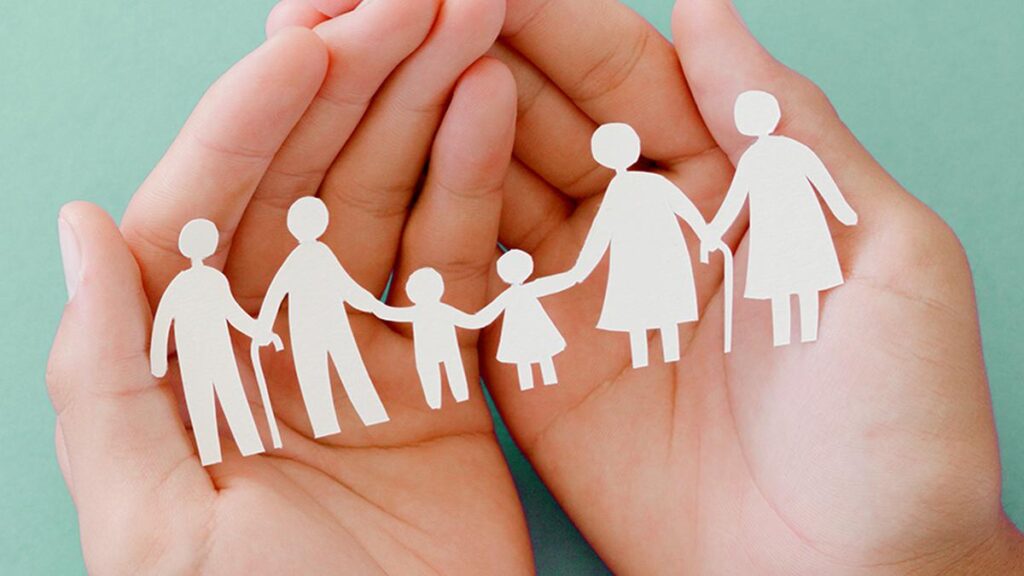
India has continued to witness a significant improvement in key maternal and child health indicators. Photograph used for representational purposes only
| Photo Credit: Getty Images
The story so far
India has registered a rise on the Human Development Index (HDI), ranking 130 out of 193 countries as per the 2025 Human Development Report (HDR) released earlier this week by the United Nations Development Programme. The country ranked 133 in 2022. India’s HDI value increases from 0.676 in 2022 to 0.685 in 2023, placing the country in the medium human development category.
The recent report added that India’s life expectancy is the highest since the inception of the index, signalling a strong recovery from the pandemic and its impact on life expectancy. Life expectancy rose from 58.6 years in 1990 to 72 years in 2023, the highest recorded since the index began.

Why has life expectancy improved?
According to the report this can be attributed to a number of factors including the country’s overall push for investment and inclusive development. Angela Lusigi, resident representative, UNDP India said that rising life expectancy could be attributed to India’s robust recovery from the pandemic and its investments and commitment to long-term human well-being. Credit is also being given to renewed focus on women-led development and quality education and healthcare for all.
The report notes that national health programmes by successive governments such as the National Health Mission, Ayushman Bharat-Pradhan Mantri Jan Arogya Yojana, Janani Suraksha Yojana, and Poshan Abhiyaan have also contributed significantly to this achievement.
Besides this, children today are expected to stay in school for 13 years on average, up from 8.2 years in 1990. Initiatives like the Right to Education Act, Samagra Shiksha Abhiyan and the National Education Policy 2020 have enhanced outcomes.
Giving insight on the economic front, the report notes that India’s Gross National Income per capita rose over four times, from $2167.22 in 1990 to $9046.76 in 2023 and this can be attributed to investments in programmes like MGNREGA, Jan Dhan Yojana, and digital inclusion that have contributed to poverty reduction. Importantly, 135 million Indians escaped multidimensional poverty between 2015-16 and 2019-21.

How has India’s maternal/infant mortality rate improved?
As per the Sample Registration System (SRS) Report 2021 released by the Registrar General of India (RGI), on May 7, 2025, India has continued to witness a significant improvement in key maternal and child health indicators. The latest data indicates that India has witnessed a steady downward trend in maternal and child mortality towards achievement of Sustainable Development Goals (SDG) 2030 targets with its progress outpacing global average.
Data notes that maternal mortality ratio dropped significantly from 130 to 93 per lakh live births, infant mortality rate declined from 39 per 1000 live births in 2014 to 27 per 1000 live births in 2021; neonatal mortality rate has fallen from 26 per 1000 live births in 2014 to 19 per 1000 live births in 2021 and under-five mortality rate has dropped from 45 per 1000 live births in 2014 to 31 per 1000 live births in 2021.
“These sustained improvements are a result of strategic interventions and sustained efforts where the government’s flagship health schemes are seamlessly integrated to guarantee quality healthcare services—completely free of cost, with zero tolerance for denial of care. Ayushman Bharat, the world’s largest health assurance initiative, provides an annual health coverage of up to ₹5 lakh per family, ensuring financial protection and access to essential services. Also, focused interventions ensure that every pregnant woman is entitled to free institutional delivery, including Caesarean sections, along with complimentary transport, medication, diagnostics, and nutrition support in public health facilities are contributing factors,’’ said a senior Health Ministry official.
Also Read: A step up: On India and the 2025 Human Development Report
What are the challenges ahead?
The report notes that despite the progress made toward ensuring a longer life span for Indians, challenges persist. Inequality reduces India’s HDI by 30.7%, one of the highest losses in the region. While health and education inequality have improved, income and gender disparities remain significant.
The report also underscores a broader global slowdown in human development. The 2025 HDR reveals that the current pace of progress is the slowest since 1990 – and India is no exception. “Had pre-2020 trends continued, the world would be on track to reach very high human development by 2030, aligning with Sustainable Development Goal timelines. Now, that milestone risks being delayed by decades,’’ notes the report.
Published – May 10, 2025 03:56 pm IST

